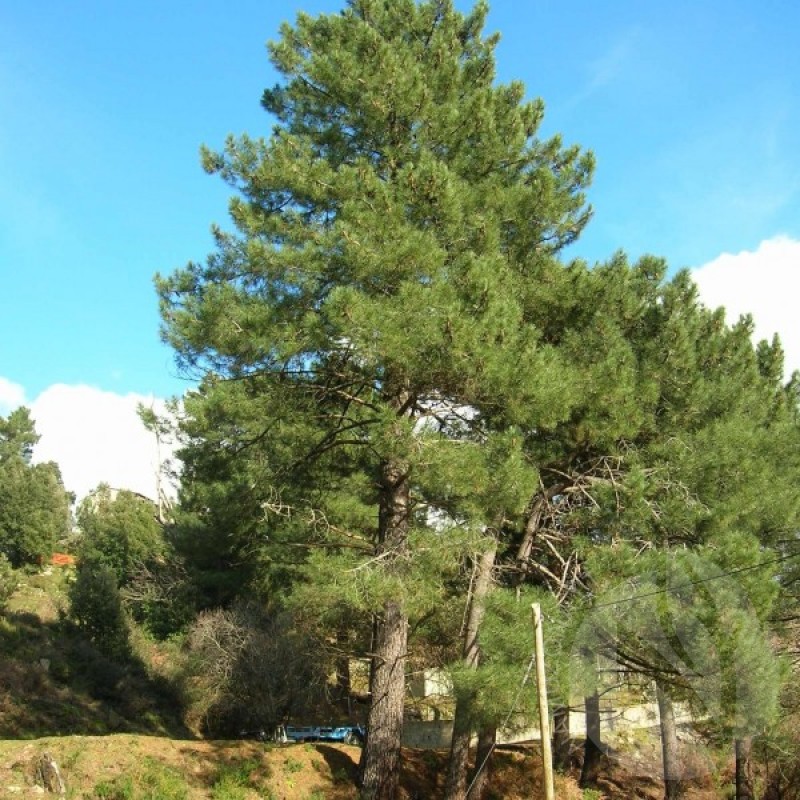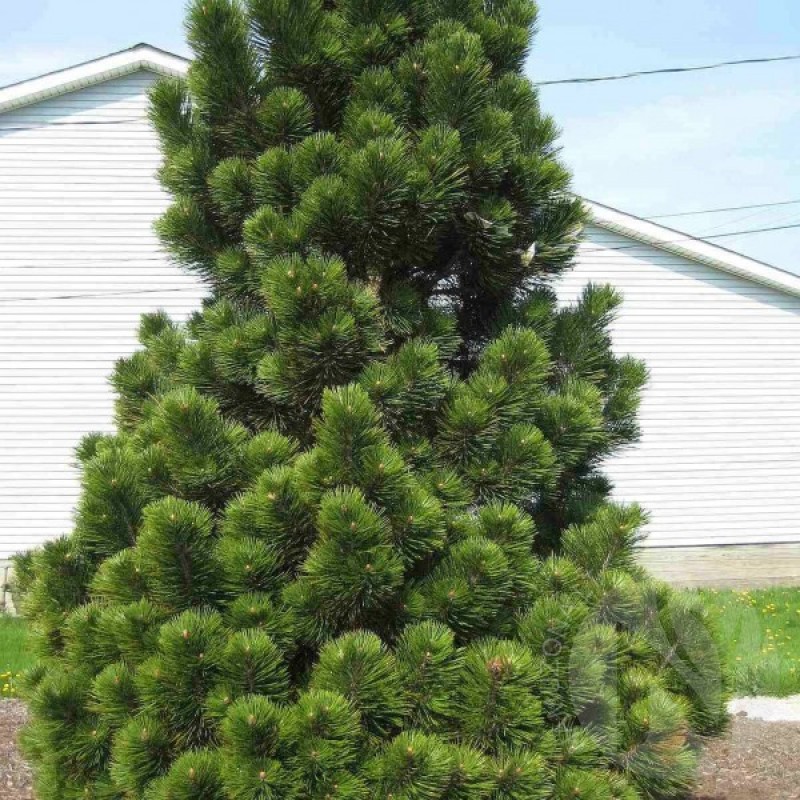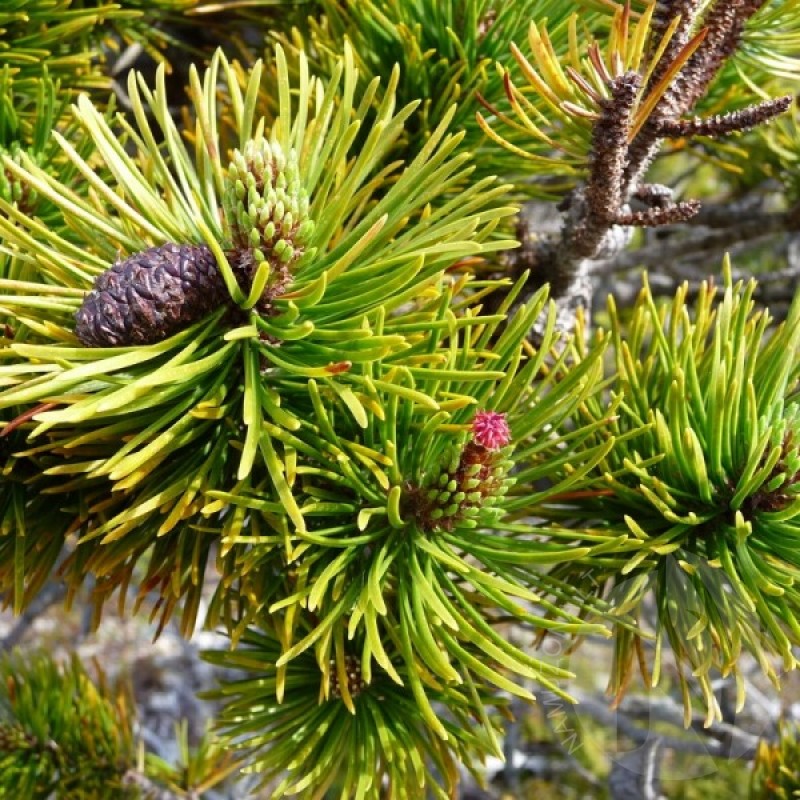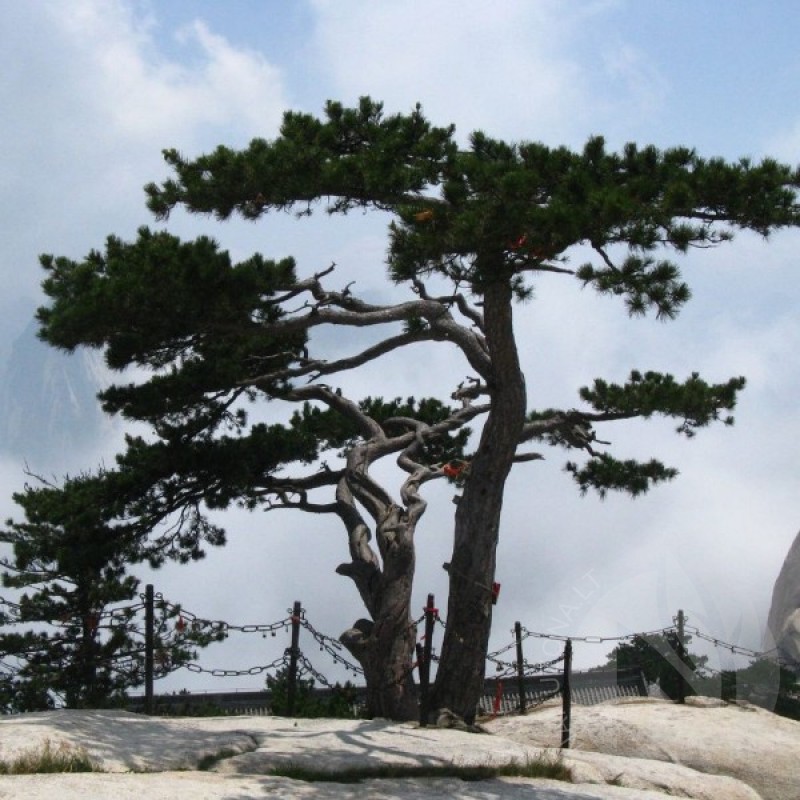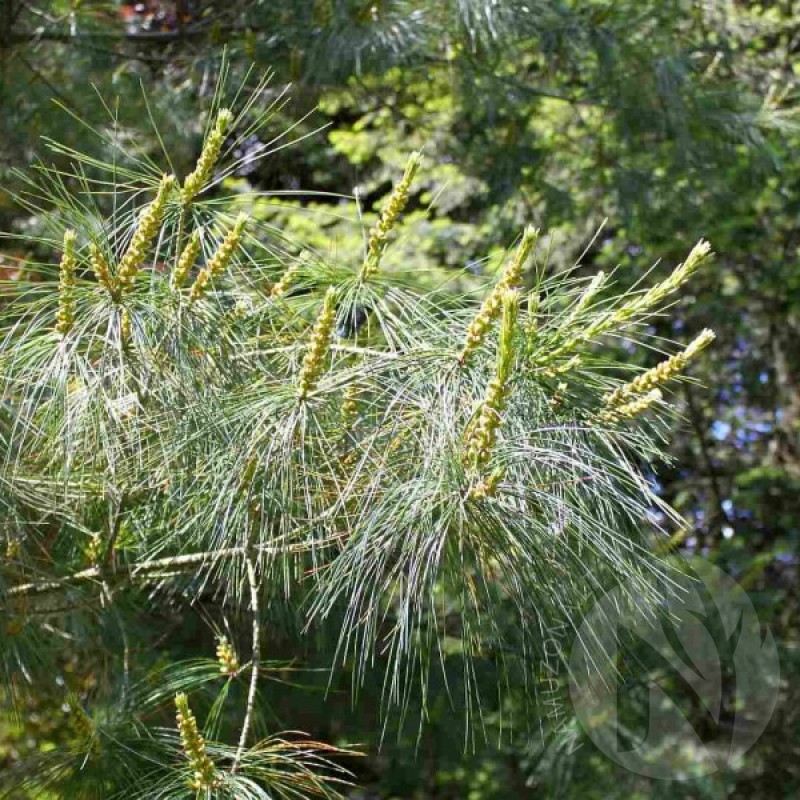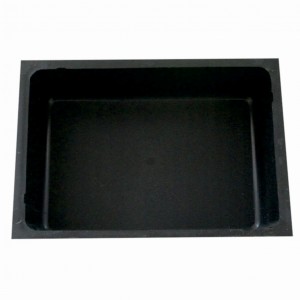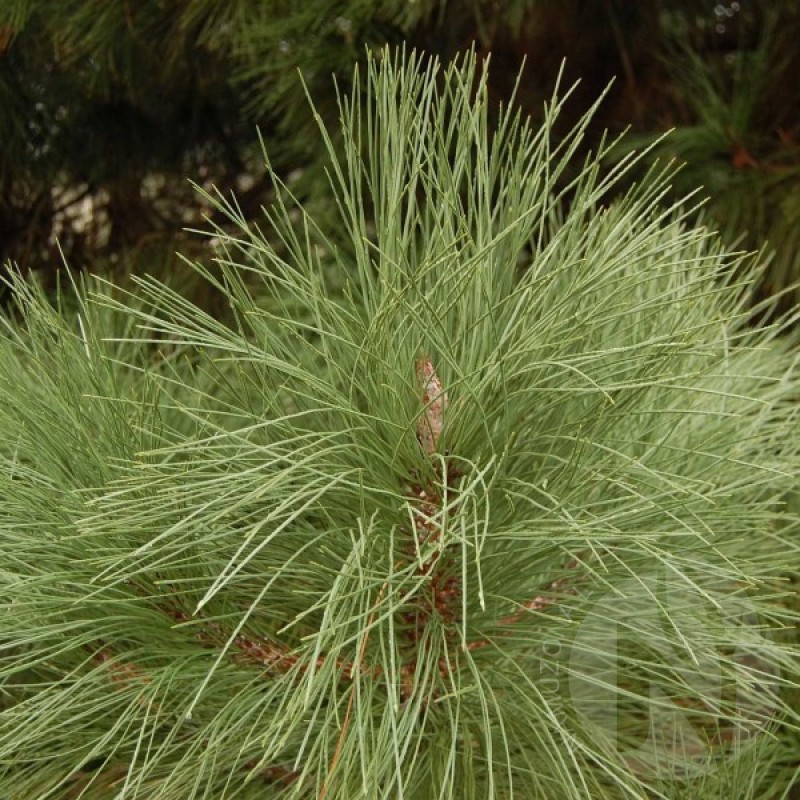
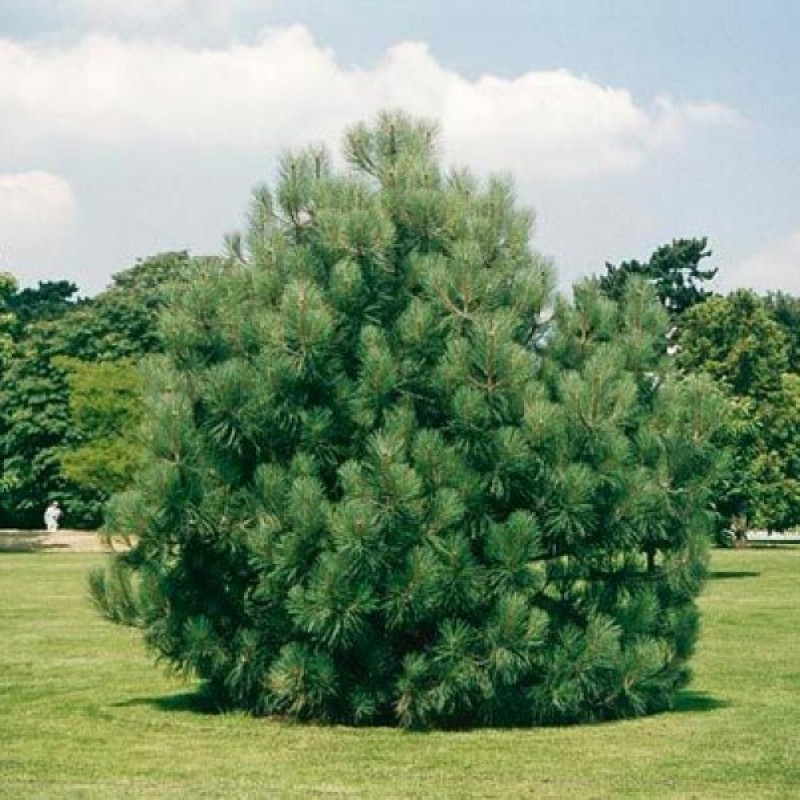
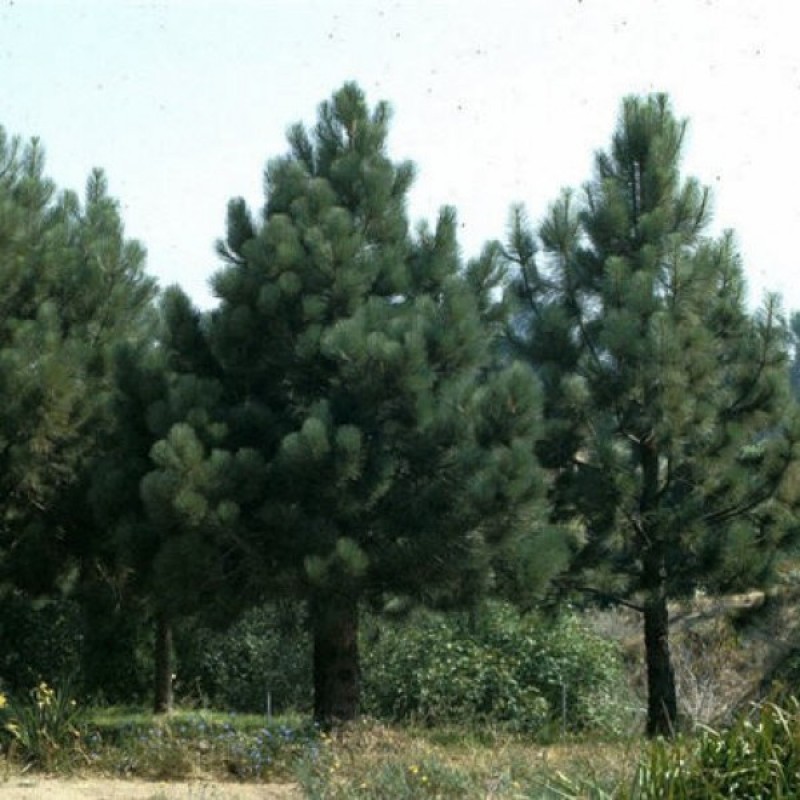
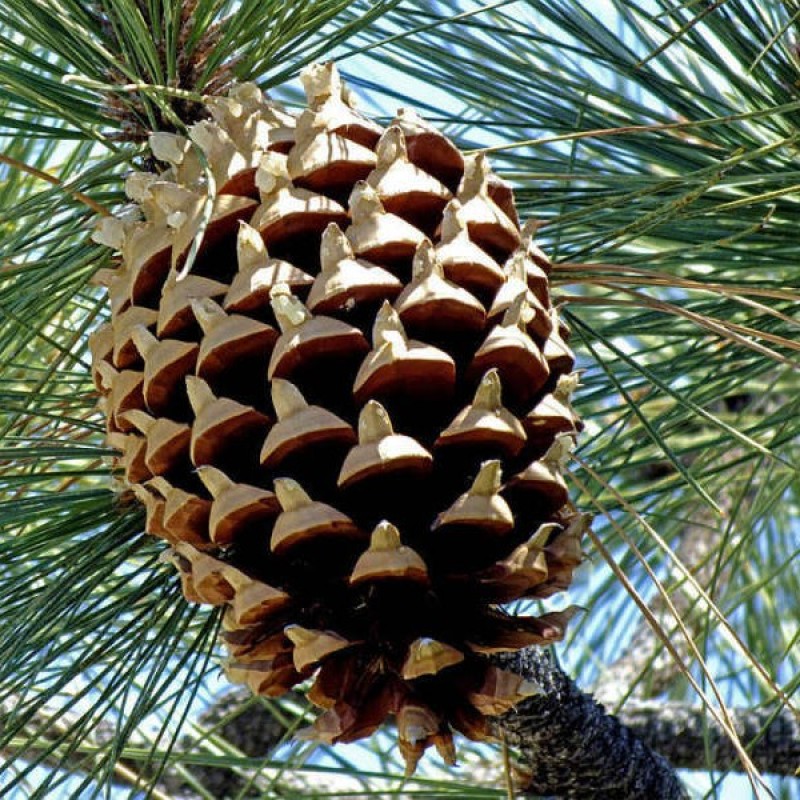
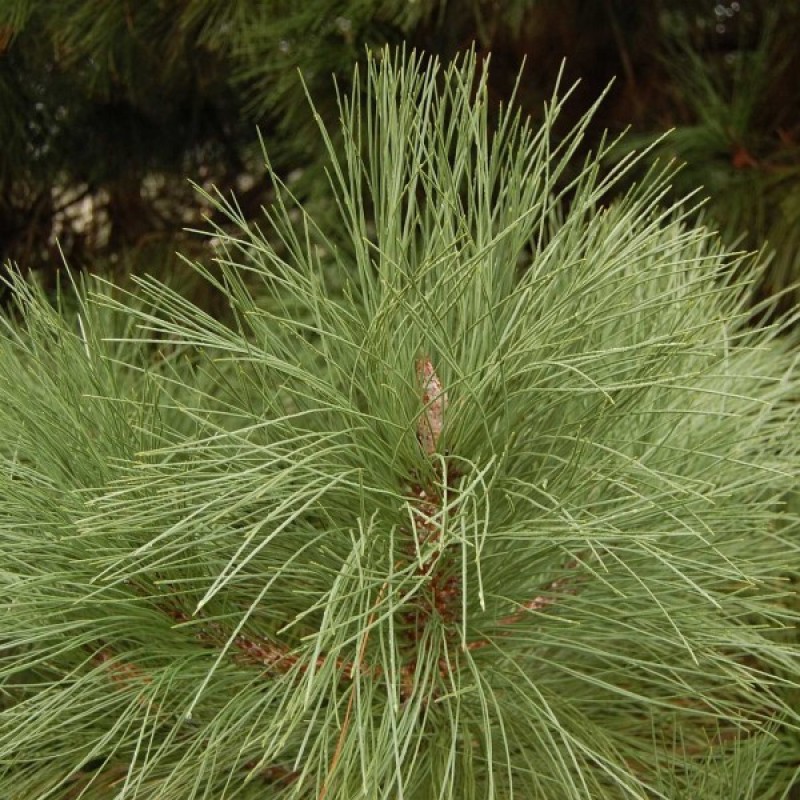
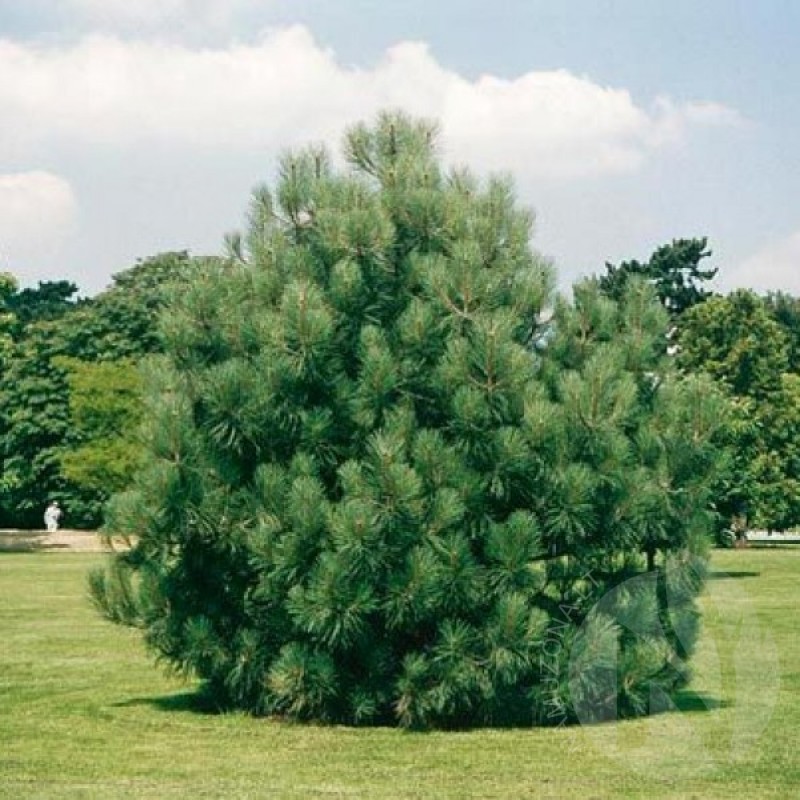
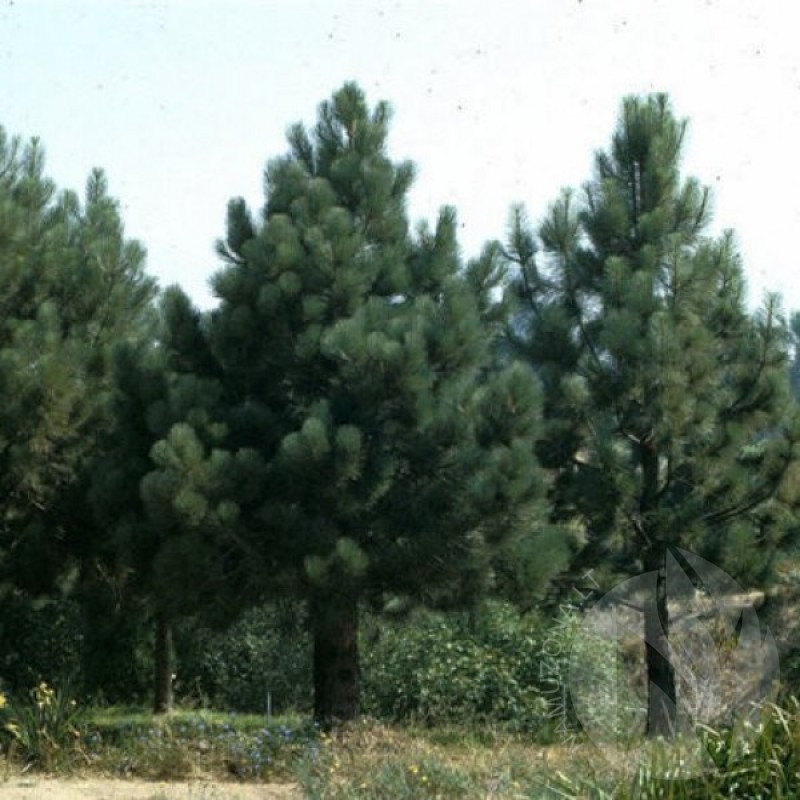
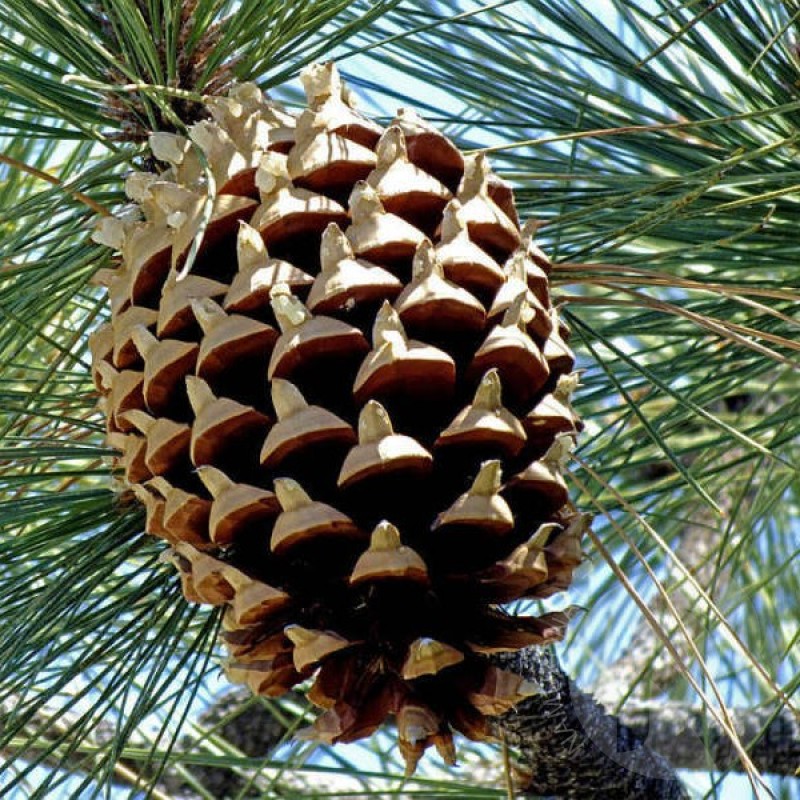
PAY ATTENTION!
All seeds (except SOLD OUT) are available for immediate shipping and will be dispatched within 1-2 business days.
INFORMATION NEEDED? PLEASE CONTACT US NOW!
As its common name implies, the most noticeable feature of this tree is its cones. Pine cones vary greatly in size from species to species and are not always in proportion to the size of the tree.
The big cone pine is not a common sight in Britain and is generally only found in private collections and a few large gardens, mainly in the warmer south and west of England and Wales.
The foliage of Pinus coulteri has a distinctive, sparse look. Its leaves are made up of sharply-pointed needles that grow in threes and stick stiffly out the end of shoots. The colour ranges from mid-green to a more bluish hue while its cones are a pale brown. As well as being huge, the scales of the cone have a sharp hook on the tip and so should be handled with care.
Succeeds in most soils, including clay. Prefers in a light well-drained sandy or gravelly loam. Dislikes poorly drained moorland soils. Established plants tolerate drought.
Genus - Pinus
Species - Coulteri
Common name - Big Cone Pine
Pre-Treatment - Required
Hardiness zones - 7 - 9
Height - 30-35' / 9 - 11 m
Spread - 25-30' / 7,50 - 9 m
Plant type - Medium Tree
Vegetation type - Evergreen
Exposure - Full Sun
Growth rate - Medium
Soil PH - Acidic, Neutral
Soil type - Lght (sandy), medium (loamy) and heavy (clay) soils, prefers well-drained soil and can grow in heavy clay and nutritionally poor soils
Water requirements - Average, dry
Landscape uses - Decorative
Leaf / Flower color - Green / --
GERMINATION INSTRUCTIONS
1. Place the seeds in a container with tepid water and soak them for 24 hours. Change the water and wait another 24 hours.
2. Put the seeds in a small plastic bag and cover with damp sand. Place the bag holding the seeds in the refrigerator for one to two months to stratify the seeds, which is preserving seeds in layers of moisture-laden peat, soil or sand. Check the sand and water as needed to maintain moisture. Don't allow the seeds to get soaked.
3. Fill small pots with compost. Place one or two pine seeds on top of the compost in each pot, then cover the seeds with a thin layer of sand.
4. Water the sand and compost to add moisture, then place the pots in a warm, sunny location. As the seedlings emerge and grow, the soil needs to remain moist, not wet.
5. Repot the pine trees into medium-sized pots in the fall. Grow them in the pots for the following season until they are large and strong enough for transplanting into the landscape.
No questions about this product.

